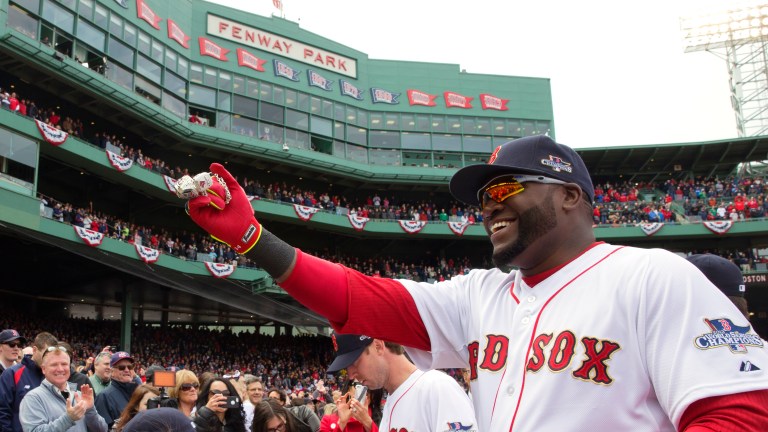This MLB Season, The Designated Hitter Turns 50
This season marks 50 years since the birth of the designated hitter, a rule that has now changed the course of history for both leagues.

What is now an everyday circumstance became a revolutionary idea put into action a half-century ago.
Ron Blomberg is the answer to the trivia question. A hamstring injury suffered during spring training kept him off the field, but thanks to this new rule, not out of the lineup. On Opening Day ’73, against the Boston Red Sox, New York Yankees manager Ralph Houk inserted Blomberg as, by definition, the player to bat for the pitcher without removing the pitcher from the game.
Although it had been hypothesized in years past, eccentric Oakland A’s Charlie Finley — notorious for initiating ideas to attract more fans — gets credit for bringing the movement into rule.
On January 11 of that year, the 24 owners voted to allow American League teams to use what was initially called a “designated pinch-hitter.” The National League, like many purists, resisted. For the first time in more than a century, the majors would be played under two sets of rules.
The afternoon at Fenway Park began with Blomberg in the No. 6 spot. If not for a two-out rally to load the bases in the top of the first, Blomberg would’ve never been in the history books. Instead, he came up to face Luis Tiant as MLB’s first DH to make a plate appearance. On five pitches, Blomberg walked and drove in a run.
The progression from derided gimmick to a universal norm was naturally slow. For a sport that prides itself on tradition, the designated hitter was an affront to the integrity of the game according to those against it.
Though it began as a three-year experiment, it would be permanently adopted by the AL and later by most amateur and minor league teams. The rule initially did not apply to the World Series, regardless of site. Starting in 1976 and continuing through 1985, it was used only to Series held in even-numbered years. Beginning in 1986, the DH was implemented according to the standards of the home team.
The lines between the leagues began to blur even more in the 1990s with interleague play and even more so as the Milwaukee Brewers and later the Houston Astros switched leagues — giving 15 teams to each league and ensuring there was at least one AL vs. NL game throughout the regular season schedule.
As players changed teams regularly, the resistance among baseball personnel lessoned as league loyalty became a thing of the past. While the perception was that managing NL lineups with pitchers and pinch-hitters required more intuition, AL skippers were faced with their own maneuverability challenges.
They could platoon the DH role among part-time players instead of employing a full-time designated hitter against all pitchers. It also gave managers an opportunity to give a healthy everyday player a partial day off, or to give an injured player the opportunity to bat without exposing him to re-injury while playing in the field.
The pure DH, though, soon became a reality. Hall of Famers like Edgar Martinez and David Ortiz are forever thankful their careers are judged only by their performance at the plate.
It’s hard to imagine the universal designated hitter will be universally loved anytime soon, even as more people are accepting of the change. There will be detractors, those who still pine for the double switch days of the past, but there’s no turning back.
